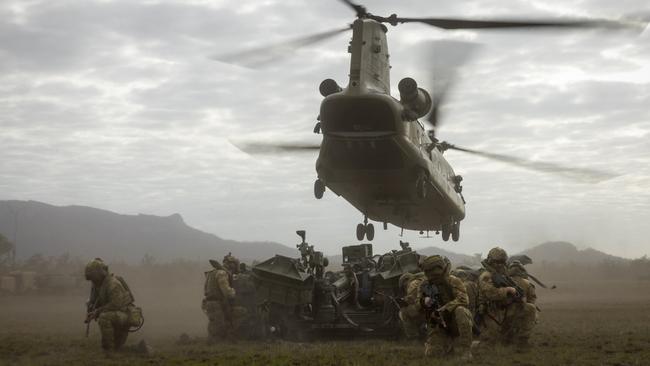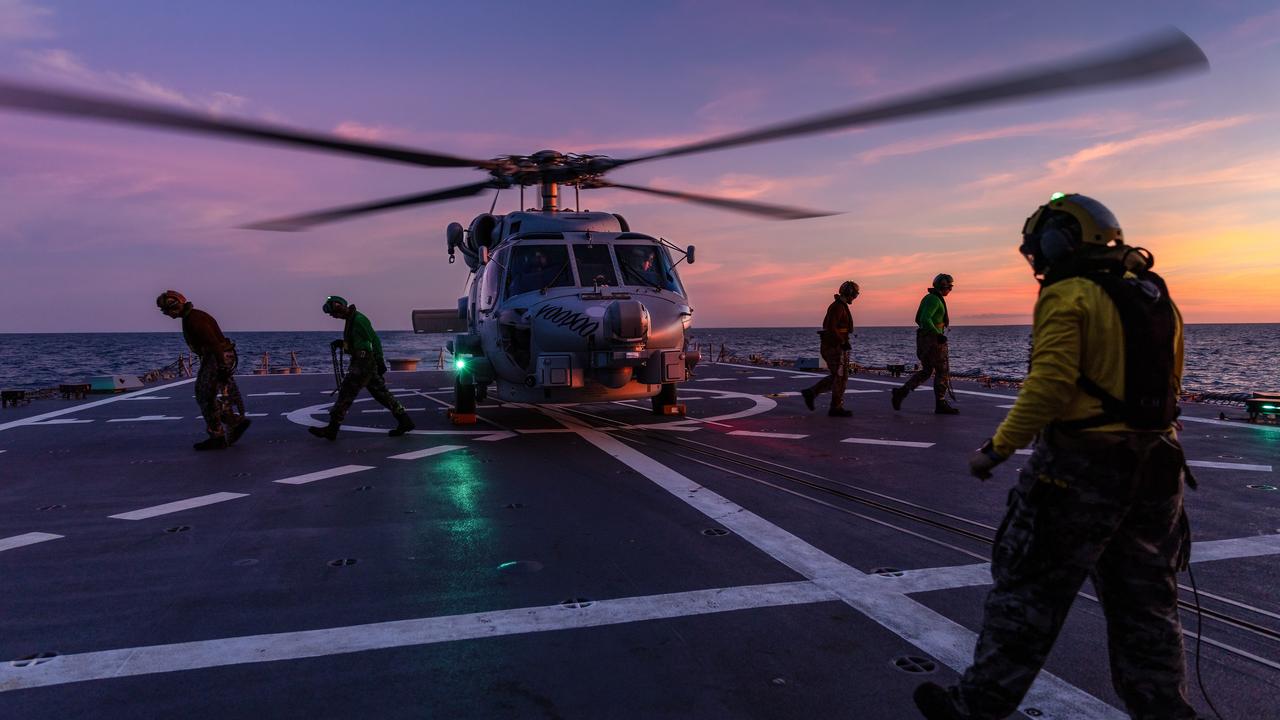Alliances enhance domestic training
Key military alliances are providing enhanced training opportunities across the country for both the Australian Defence Force (ADF) and its regional allies and partners.

Key military alliances are providing enhanced training opportunities across the country for both the Australian Defence Force (ADF) and its regional allies and partners.
Under existing alliances with Singapore and the US, training ranges and defence bases are being expanded and upgraded in Queensland and the Northern Territory. Other military co-operation agreements recently signed with India, Indonesia, Japan and South Korea will also provide greater training opportunities in Australia in the future.
The Australia Singapore Military Training Initiative (ASMTI) signed in 2015 permits up to 14,000 Singapore Armed Forces personnel to conduct unilateral training in two training areas for up to 18 weeks each year. Under the ASMTI, the joint development and expansion of the existing Shoalwater Bay Training Area (SWBTA) near Rockhampton and the establishment of a new training facility in northern Queensland was announced in February 2018. A greenfield site at Greenvale, near Townsville, has subsequently been selected and will be known as the Greenvale Training Area (GVTA).
The SBTA is Australia’s premier land training area, providing opportunities to rehearse amphibious operations and littoral manoeuvres on a large scale. When complete, the expansion works will allow more assets to train together in large-scale exercises, such as the multilateral Talisman Sabre series. The completion of the GVTA in 2027 will provide Australia and its partners and allies with a further training area in northern Queensland.
The Force Posture Initiatives (FPI) and Enhanced Air Cooperation (EAC) agreements signed with the US in 2011 have overseen the annual rotation of US military forces to Darwin for training and have also resulted in a range of base and training area enhancements across the Northern Territory.
As part of the FPI, US Marines arrive in Darwin each dry season as part of the Marine Rotational Force – Darwin (MRF-D). During these deployments the USMC elements undertake six months of training activities, including exercises with their ADF counterparts.
From an infrastructure perspective, the US FPI and EAC agreements are also overseeing extensive airfield redevelopment work at Tindal, near Katherine, which will support large-scale deployments and exercises.
Under the EAC agreement with the US Air Force, the runway at Tindal is being extended to 3350m and the shoulders widened to 10.5m. Together with the realignment, extension and widening of associated taxiways, the works will allow Tindal to accommodate deployments of US strategic bombers and large ADF aircraft such as the KC-30A tanker.
Furthermore, the EAC has overseen the establishment of a bulk fuel storage facility at Tindal to support future deployments and exercises and the US has also funded bulk-storage facilities at RAAF Darwin and at the Port of Darwin’s East Arm.
These measures are in addition to upgrades to the NT’s Bradshaw Field Training Area and Delamere Air Weapons Range, in support of the RAAF’s EA-18G Growler Electronic Attack aircraft. A Mobile Threat Training Emitter System (MTTES) has been added at Delamere to realistically simulate ground-based air defence systems and allow the upgraded range to support 5th generation fighters like the F-35A lightning II.


